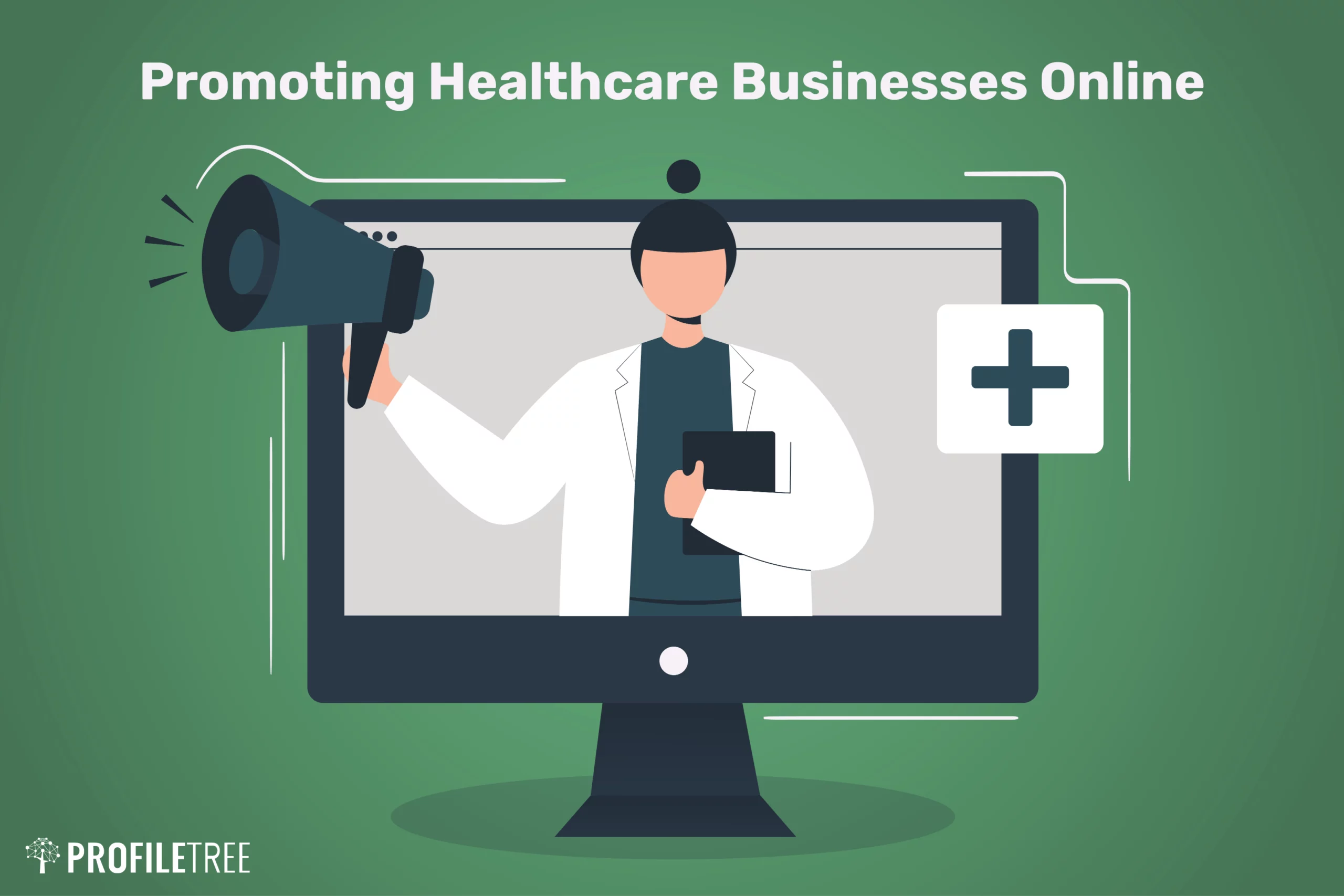Exploring the Growth of Subscription Based Healthcare in the Digital Age
Exploring the Growth of Subscription Based Healthcare in the Digital Age
Blog Article
The Increase of Subscription-Based Medical Care and Its Impact on Individual Treatment
As health care progresses, the subscription-based model is acquiring grip, assuring to change patient care by using predictability and ease of access. These models, which bypass standard insurance coverage, could redefine the patient-doctor dynamic, emphasizing preventative and individualized care. Yet, just like any kind of innovation, they present challenges, particularly worrying equitable access for all socioeconomic teams. The capacity for these versions to improve healthcare distribution increases pressing concerns about their long-lasting sustainability and inclusivity. Are these membership services the future of healthcare, or do they run the risk of leaving vulnerable populations behind? The complexities of this shift warrant a more detailed examination.
Comprehending Registration Medical Care Designs
Realizing the concept of registration health care models involves analyzing a transformative method to clinical solutions that highlights price and access. These models, typically referred to as straight key treatment (DPC) or concierge medicine, have become cutting-edge options to standard fee-for-service health care systems. Registration medical care enables clients to pay a fixed month-to-month or yearly fee for a defined set of medical services, which might consist of unlimited workplace visits, routine exams, and standard lab tests, without the requirement for conventional insurance coverage invoicing.
The framework of registration medical care designs is made to streamline client treatment by getting rid of third-party payers and intricate payment codes, thereby decreasing administrative problems. Doctor can focus a lot more on individual treatment, promoting more powerful patient-provider connections. This design likewise promotes preventative care by motivating regular brows through, as the economic challenge of per-visit fees is gotten rid of.
The membership version usually encourages healthcare providers to manage smaller sized person panels, permitting even more tailored care. It lines up financial incentives with person wellness results, as suppliers are inspired to maintain person contentment and health. Generally, comprehending subscription medical care versions needs recognizing their possible to reshape how treatment is provided and accessed.
Benefits for Service Providers and patients

With a steady revenue stream, medical care experts can dedicate even more time to each client, leading to an extra personalized and complete treatment experience. The focus on precautionary treatment within membership strategies can lead to much better person end results and reduced lasting health care costs.
Difficulties and Issues
While subscription-based medical care models existing countless advantages, they likewise feature a set of obstacles and worries that have to be dealt with. Accessibility continues to be a substantial concern, as these models commonly target people that can manage regular monthly fees, possibly excluding low-income populations. This increases honest concerns regarding fair accessibility to medical care solutions. Additionally, the varied nature of subscription plans can bring about confusion amongst people regarding coverage specifics, potentially resulting in unmet expectations or inadequate treatment.
Financial sustainability of subscription-based versions is an additional worry. Providers must stabilize the set earnings from registrations with the variable prices of medical care services, which may rise and fall as a result of unanticipated medical needs. This can develop pressure to restrict services or rise charges, potentially influencing individual fulfillment and care high quality.
Furthermore, governing oversight of subscription-based health care models is still advancing. The absence of standardized structures can lead to irregular service top quality and responsibility, making complex efforts to ensure person security. Lastly, the combination of technology-- commonly a cornerstone of these versions-- raises concerns about information personal privacy and safety and security, as sensitive patient information might be prone to violations. Attending to these obstacles is important for the equitable and successful application of subscription-based health care. link
Effect On Patient-Doctor Relationships
One significant influence of subscription-based medical care designs on patient-doctor relationships is the potential for boosted connection and individualized care. By adopting a subscription model, doctors can handle a smaller client panel, permitting even more specialized time with each person. This boosted accessibility promotes a deeper understanding of a client's case history, lifestyle, and choices, making it possible for extra customized therapy strategies and treatments.

However, it is necessary to identify that while subscription-based versions might benefit those that can afford them, they might accidentally widen health care differences. People that are incapable to join these versions may experience reduced accessibility to customized treatment, potentially impacting their partnerships with doctor. Hence, while the membership version uses promising benefits for patient-doctor partnerships, it likewise postures difficulties that require to be dealt with to make certain equitable health care access.
Future of Health Care Access

The duty of technology can not be neglected in this change. Telemedicine platforms and electronic health and wellness records assist in seamless interaction between patients and doctor, damaging down logistical and geographical obstacles. Furthermore, innovations in fabricated knowledge and information analytics can additionally individualize healthcare by predicting patient needs and maximizing therapy strategies.
Nevertheless, the future of healthcare access additionally offers obstacles, such as making certain equity throughout different socio-economic groups. Policymakers and doctor need to work together to bridge the electronic divide, making certain that subscription-based designs remain affordable and this hyperlink comprehensive. As these systems mature, they hold the guarantee of making healthcare extra easily accessible, effective, and patient-centric.
Final Thought
Subscription-based healthcare versions are reshaping individual care by supplying a secure expense framework and enhancing availability. These models enhance patient-provider relationships with individualized care Visit Website and regular sees, emphasizing preventative health and wellness. Regardless of these benefits, difficulties such as access issues for low-income populations and the requirement for fair healthcare services continue. The surge of subscription-based healthcare encourages positive person engagement, which has the possible to boost patient outcomes and contentment, signifying a transformative change in health care shipment.
As medical care advances, the subscription-based design is getting grip, guaranteeing to transform client treatment by using predictability and availability.Subscription-based healthcare models offer distinct benefits for both individuals and service providers, boosting the general health care experience.As health care systems progress, the future of medical care access regularly hinges on the assimilation of innovative models and modern technologies.Subscription-based health care models are reshaping patient care by offering a secure price structure and improving access. The increase of subscription-based healthcare encourages proactive person interaction, which has the possible to boost client end results and satisfaction, signaling a transformative shift in health care shipment.
Report this page